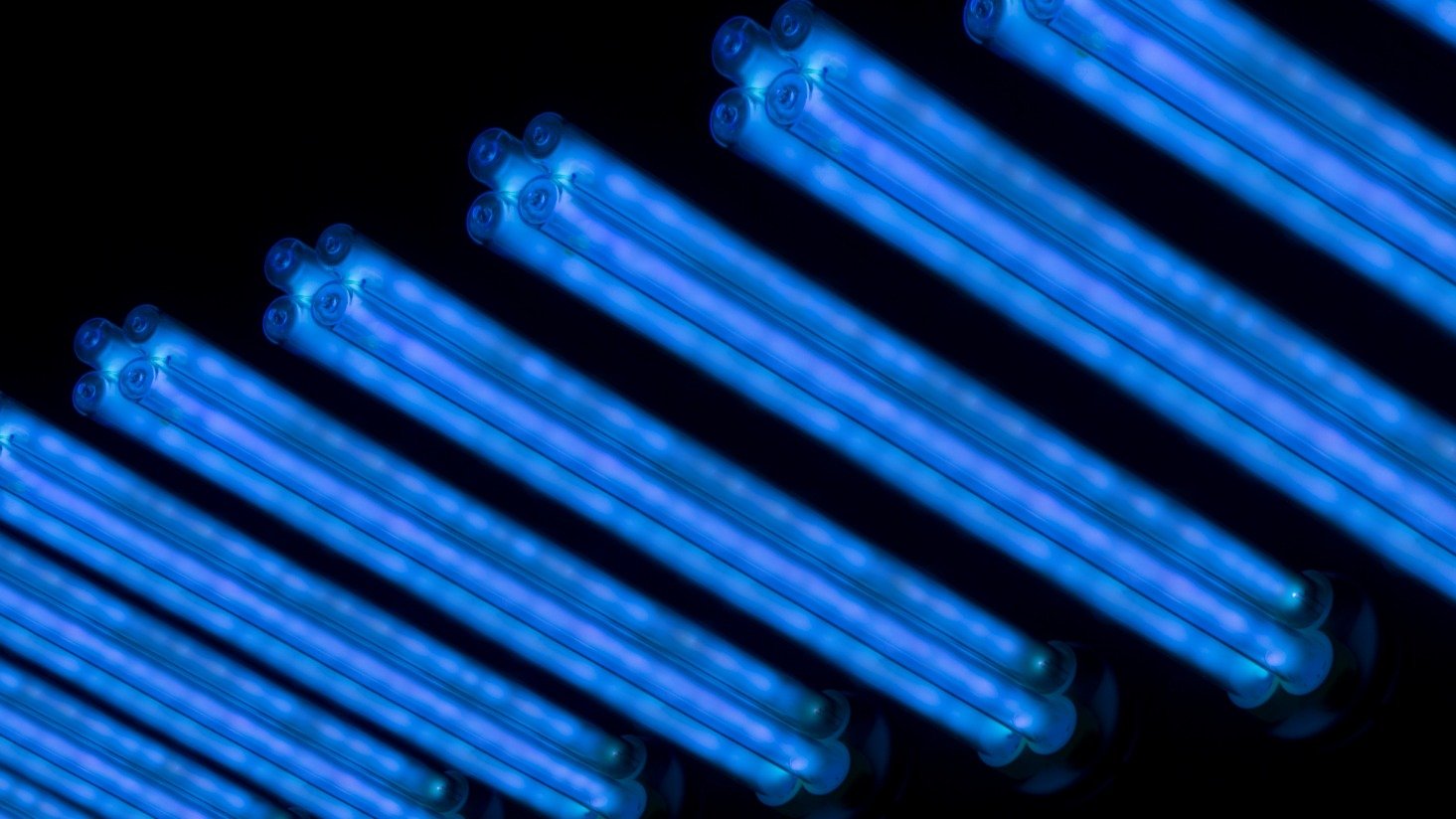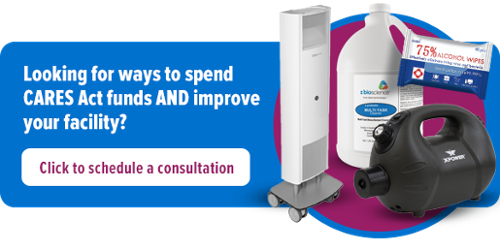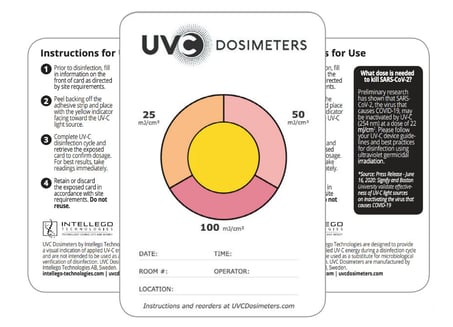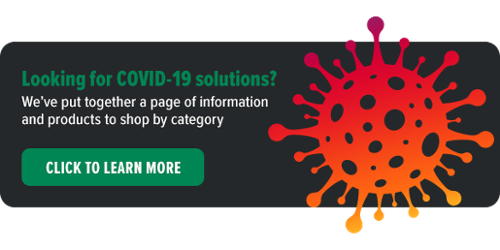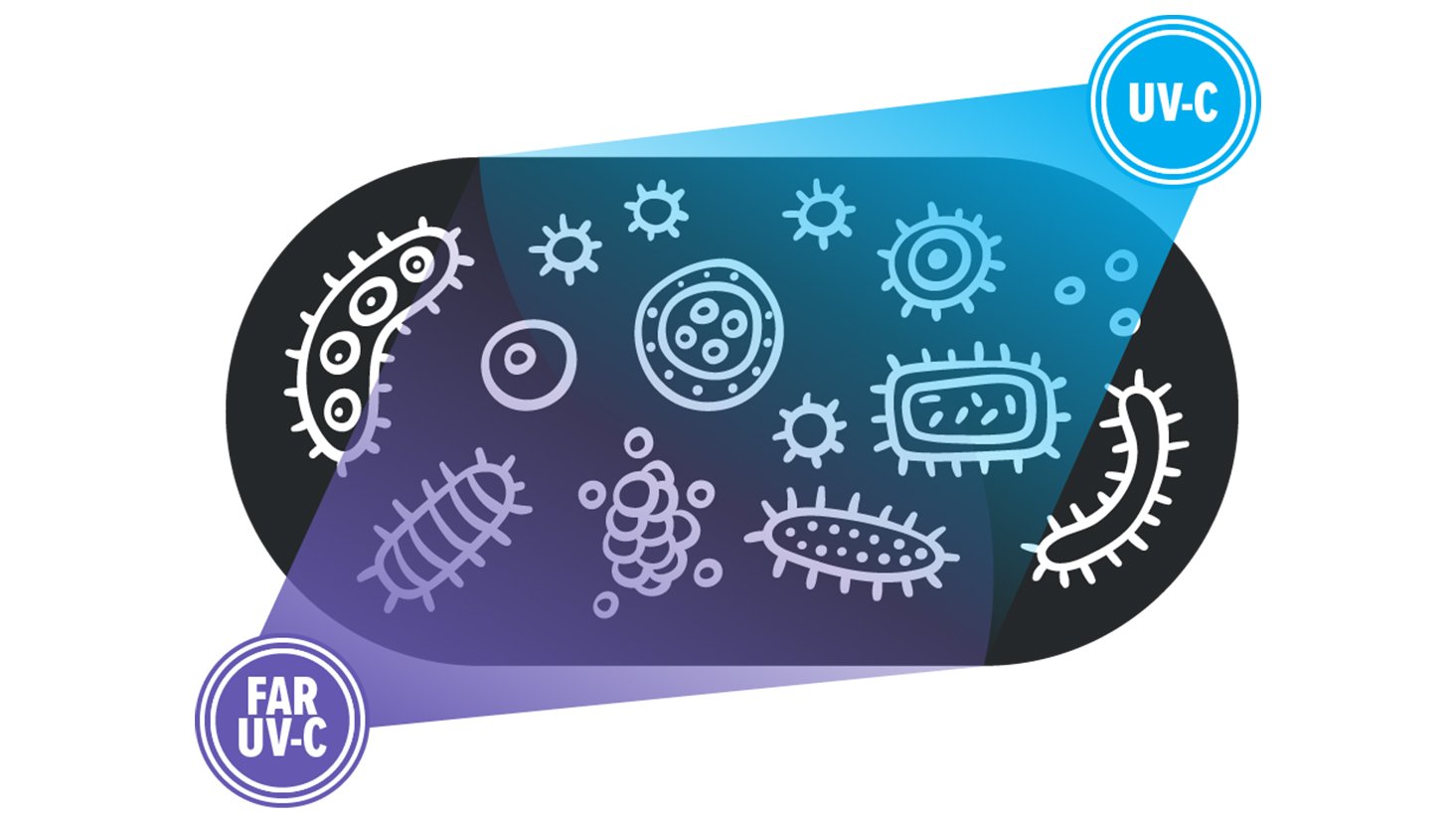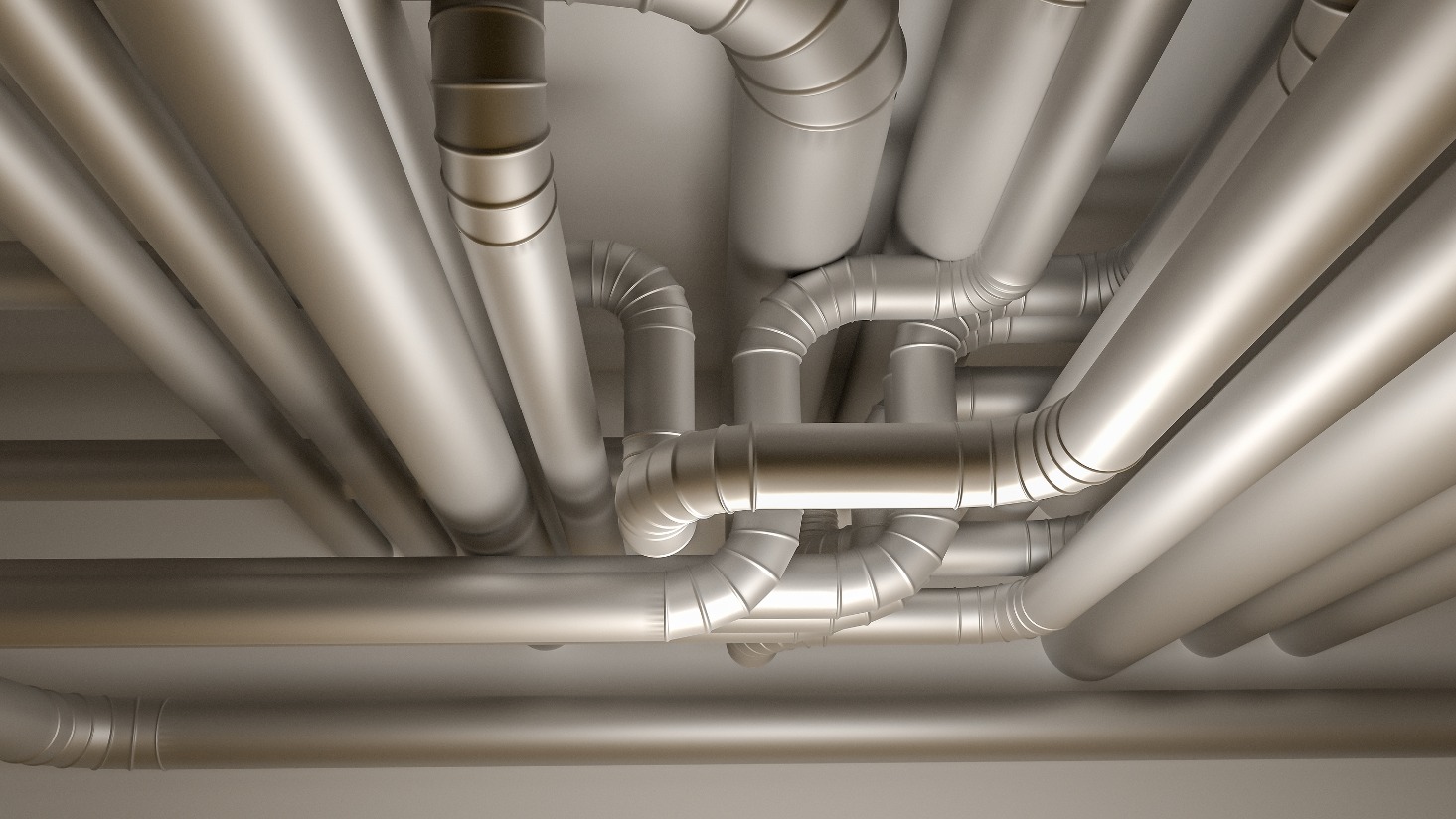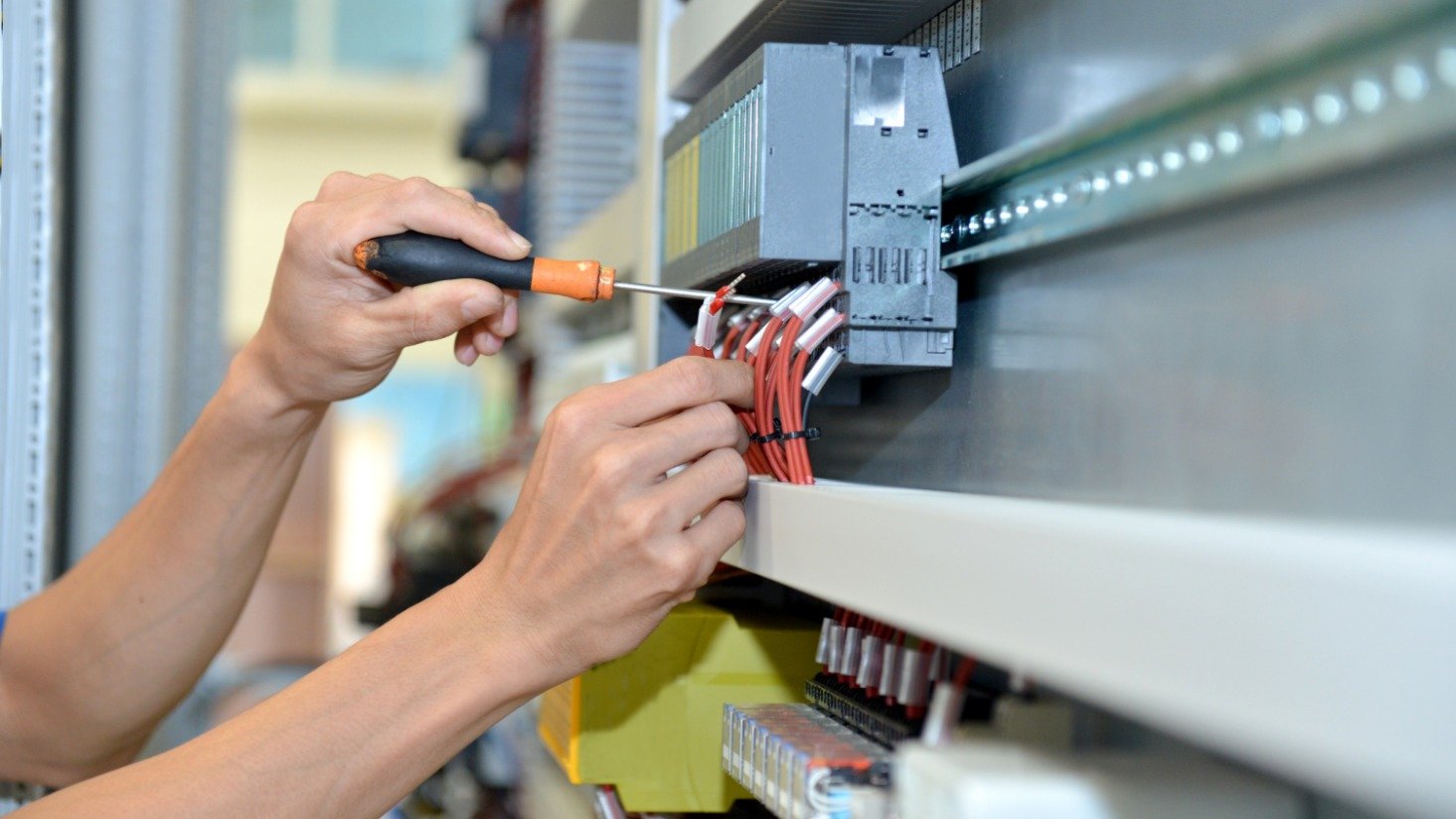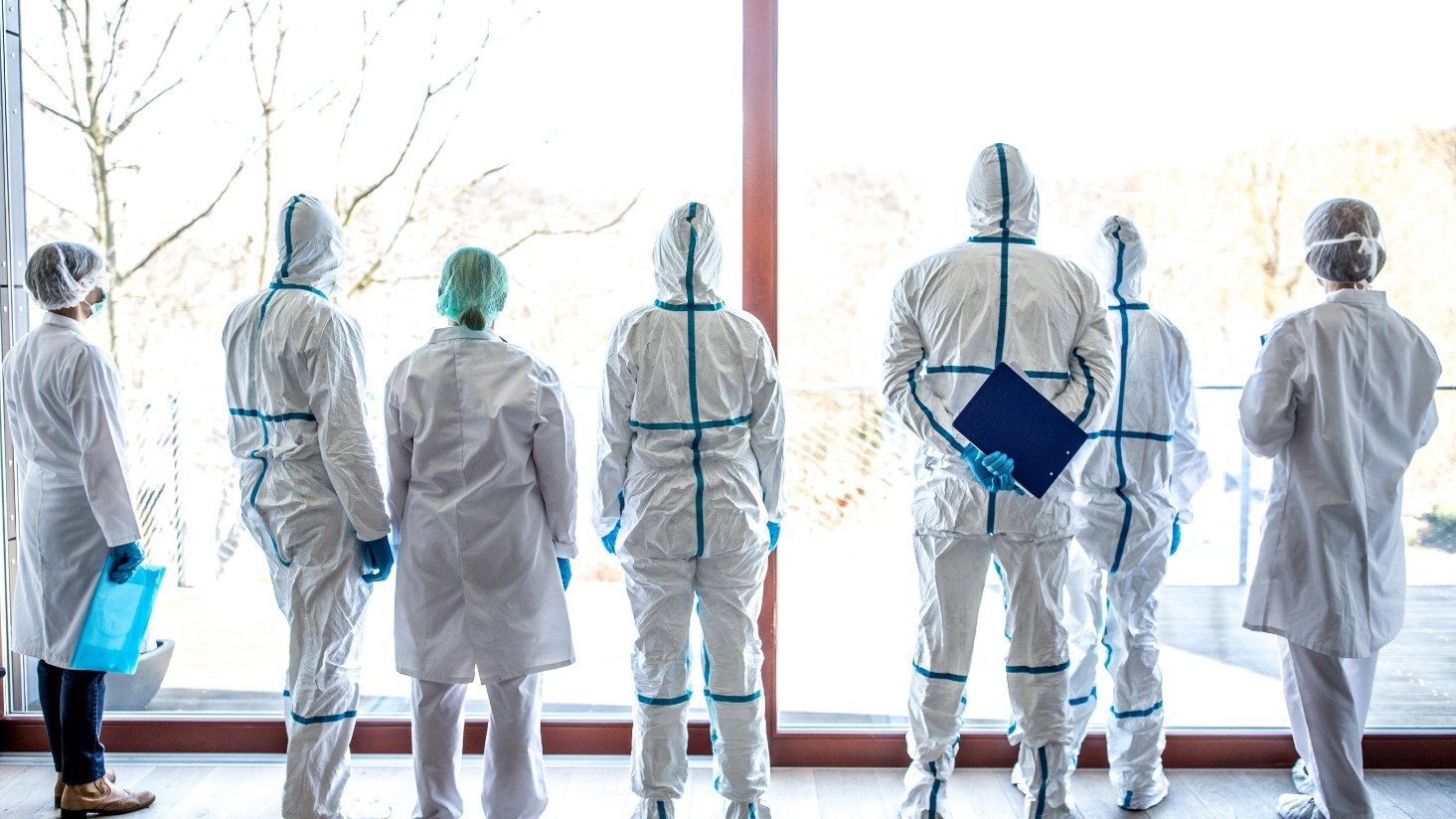How to tell if UV light is killing viruses like COVID-19
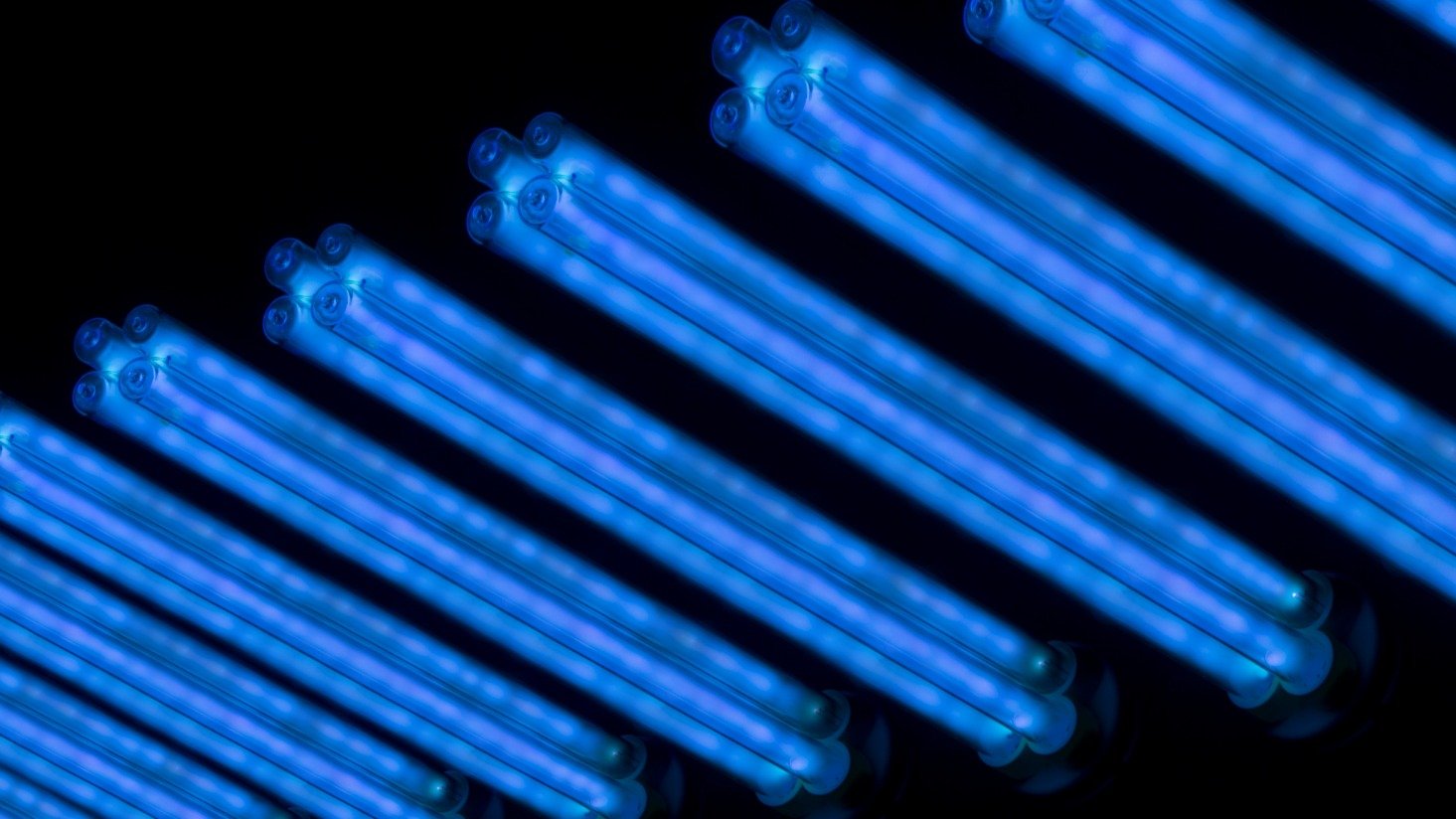
Recently, a lot of customers have asked us questions like, "How long does it take for UV products to disinfect an area?" or "How do I know if UV products are working?" Even more frequently, we're asked, "Do these products actually kill COVID-19?" (More on that below.)
Germicidal UV lamps and products are not a new concept. Healthcare applications have used them for decades. But they may be a relatively new option for other businesses and industries looking to protect employees and customers against COVID-19.
Right now, there is no vaccine for COVID-19, which leaves us wondering how we can guard ourselves against the virus. Germicidal UV products have risen in popularity because they have a history of killing viruses similar to COVID-19.
To catch up on UV basics, click here.
Before we get too far, we want to mention two important guidelines. First, this article focuses on UV-C (between 200 to 280 nm) which can inactivate viruses. Second, most UV-C wavelengths and products can damage skin and eyes. It's important to follow all safety guidelines when operating UV products.
Dosing and exposure time for UV products
Finding the right dose for UV products depends on two main factors: intensity and time.
The higher the intensity, the less time it will take to kill pathogens like viruses and bacteria. Products with a lower intensity will take a longer time to get the same level of disinfection. A higher-power UV unit may enable you clean a space quicker than a low power unit. This is one of the reasons that healthcare settings tend to opt for high-power mobile units.
The distance from the UV lamp is also important. Surfaces further away from the UV product will not get the same level of disinfection as surfaces close to the product.
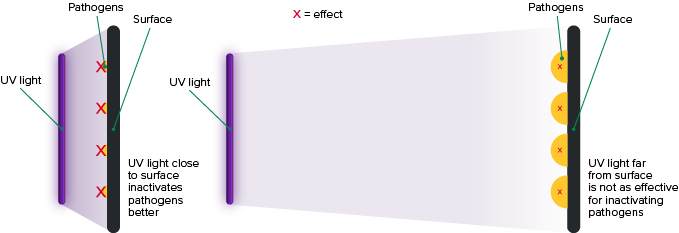
One of the manufacturers we work with has a guideline to help understand the connection between time, intensity, and distance. American Ultraviolet® says bacteria will be killed in ten seconds at a distance of six inches from the lamp.
To cover additional square footage, increase the wattage of the lamp. According to American Ultraviolet®, a 15-watt lamp will cover about 100 square feet. Upgrading to a 30-watt lamp will cover about 200 square feet.
The exposure dose of a UV lamp is measured in joules per square meter, J/m2 or millijoules per square centimeter, mJ/cm2.
The International Ultraviolet Association (IUVA) says dosage values between 10 - 20 mJ/cm2 will inactivate viruses similar to COVID-19. That's based on using the UV wavelength 254 nm. This dosage can achieve 99.9% disinfection against viruses in the SARS family in ideal lab conditions.
In real life, the IUVA says the dosage should be increased to 1,000 - 3,000 mJ/cm2 to account for factors like the cleanliness of surfaces, furniture in a room, and hidden spaces where the virus can live. UV energy cannot disinfect surfaces covered with dust or other particles.
The Illuminating Engineering Society notes there is another calculation that has proven effective against tuberculosis for years. It's specified "as about 17 mW of 254-nm lamp-emission radiant power per cubic meter (m3) of space to disinfect air."
Similar to the dosage provided above, this depends on the cleanliness of surfaces. Recommended exposures using that calculation range from 20 to 100 mJ/cm2.
Depending on the product you're using, you may need to run multiple cycles to achieve the best results. For example, some germicidal UV fixtures like mobile units cannot disinfect shadowed areas. Running at least three to four cycles in different areas of a room with equipment or furniture is ideal for optimal disinfection. This would not apply to fixtures that run constantly, like germicidal UV for HVAC or upper-air units.
What is a log kill rate?
A log kill rate is also commonly associated with UV exposure dose. A log kill rate gives you the percentage of viruses and bacteria killed by a specific substance, like UV rays.
According to the IES, a 2-log kill rate is commonly accepted. That equals a 99% inactivation of pathogens. A 3 or 4-log kill rate is even better. A log kill rate of 1 indicates a 90% reduction in pathogens.
Here's a chart from the FDA that explains the different levels, if you start with 1,000,000 remaining parts:
| Log reduction | Percent reduction | Remaining parts |
| 1 | 90% | 100,000 |
| 2 | 99% | 10,000 |
| 3 | 99.9% | 1,000 |
| 4 | 99.99% | 100 |
| 5 | 99.999% | 10 |
| 6 | 99.9999% | 1 |
How do you get to a higher log-kill rate? Double the exposure time or intensity until you achieve the result you want.
Regardless of the dosage or the log kill rate, remember that there are multiple ways COVID-19 can be transmitted. Using a combination of disinfection products will give you the most protection.
How to tell if UV products kill viruses
Once you calculate the right dosage, there are a couple of ways to measure how much UV energy a surface received.
There is a device that changes color based on the amount of UV-C radiation that hits it, called a UVC dosimeter.
Dosimeters come in a variety of formats, depending on the intended use. If you're using a card, the yellow area in the middle of the dosimeter changes color based on intensity. If you're using a sticker, the sticker will change color based on intensity. This will tell you if you the dose is strong enough to kill or inactivate certain viruses and bacteria.
The dosimeter gives you a benchmark to follow and does not have to be used with every cycle. In some settings, like healthcare, though, these dosimeter cards provide a helpful history and log of disinfection practices. At a minimum, having a standard disinfection time can increase disinfection levels while decreasing exposure time.
These dosimeters are intended for use with 254nm light sources, so they will not provide accurate measurement for far-UVC, LED UVC, or pulsed xenon light sources.
Another option is to install a meter to make sure your lamps are operating properly. This can also help notify when it's time to safely replace burned-out UV lamps. Meters can be used and monitored by your current staff or installed and monitored by a professional.
Can UV light kill COVID-19?
A scientist at Columbia University says the answer to this question is yes, UV energy can inactivate SARS-CoV-2, the virus responsible for COVID-19.
Dr. David Brenner started preliminary testing in his lab at Columbia University Irving Medical Center. He used secure samples of SARS-CoV-2, exposed them to UV radiation, and measured how much of the virus was killed.
Dr. Brenner says he used the same UV that will be used to disinfect to New York City subways in his research. New York's Metropolitan Transportation Authority announced a new pilot program with PURO™ Lighting products, powered by Violet Defense™ technology.
Dr. Brenner says he will repeat testing and have it peer reviewed. Right now, few details are known about the research, including the dosage used.
You can read more about the announcement here.
The best approach to fighting the coronavirus and other pathogens is a combination of safety efforts, not just UV products. Follow CDC guidelines regarding personal protective equipment (PPE), sanitize and disinfect surfaces thoroughly, consider the use of antimicrobial surface protectants, and use UV products as a final layer of defense.
Just like you should use multiple PPE items to stay safe, you might find the best solution also involves multiple UV products. We explain which UV products can be most effective for different areas in our Disinfectant Lighting Buying Guide.
Questions about UV products
UV lamps and products can be confusing. Our lighting specialists are here to help simplify the buying process for you and find the right products for your application. Please contact us with any questions.
